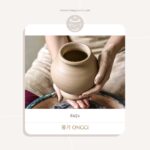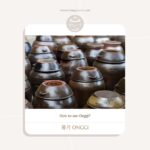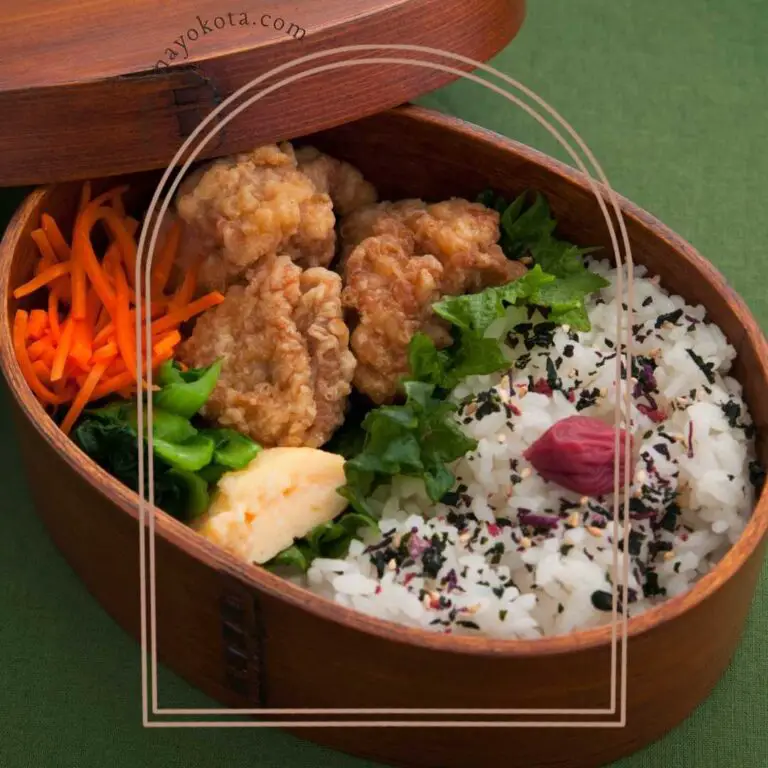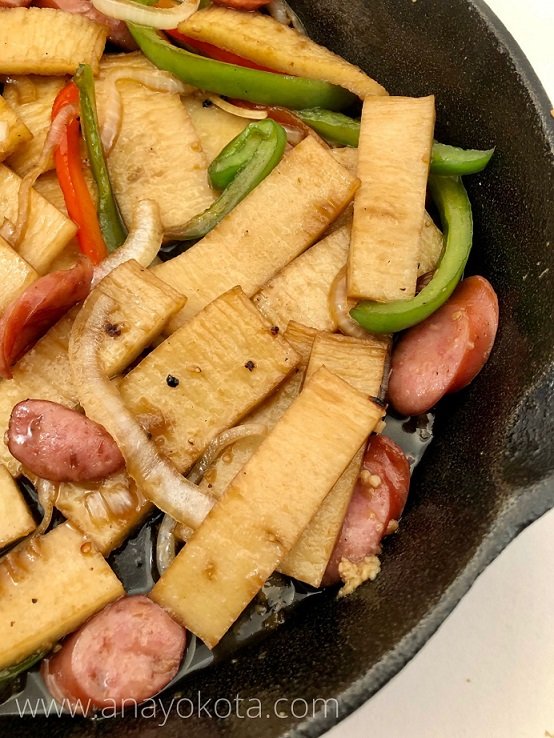This post may contain affiliate links. Please read my disclosure policy for more info.
Korea is a country rich in art and culture, with many wonderful traditional crafts. Onggi(옹기) is one of these crafts.
Onggi is plain earthenware ceramic vessels made from clay found throughout Korean households at every level of society.
These ceramic vessels are used to store food.
If you have ever been in a Korean home, you will likely have encountered Onggi.
Many restaurants and cafes will use these handy storage vessels.
I will provide you with all you need to know about Onggi, from what it is to its beginnings and how it is used.
Although very simple, Onggi has rich traditional importance, and I hope you will enjoy it as much as I do.
In my parents’ home, they have roughly 20 onggi’s from small to very large.
We store mainly Korean sauces, wines, and dips that have been fermented for years.
Onggi’s can also be used for decorative purposes simply by itself or as a flower pot.
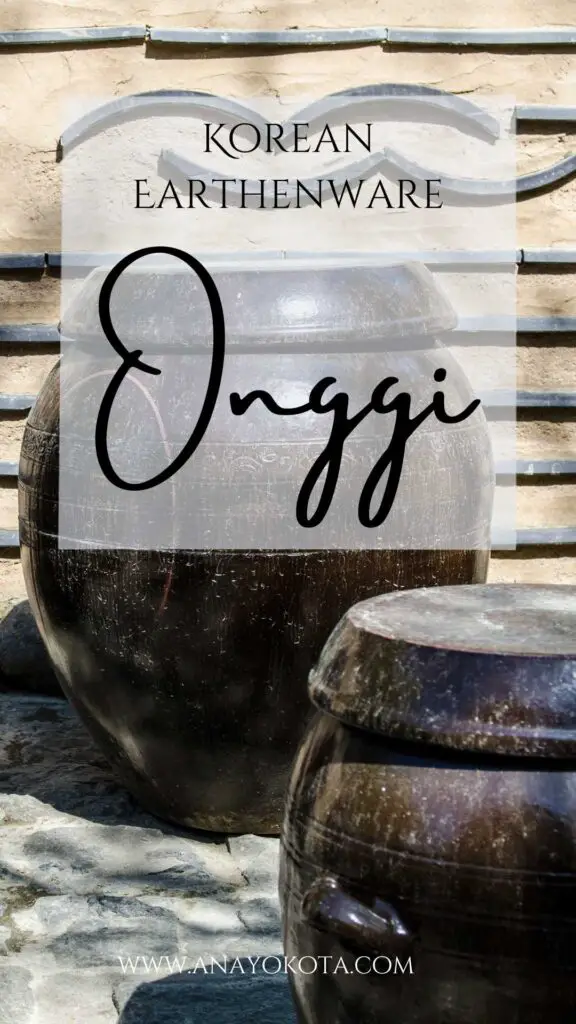
What Is 옹기(Onggi)?
Let’s get into what Onggi is.
Onggi is a form of ceramic, specifically earthenware ceramic, made from clay.
These ceramics seem somewhat simple and homely on outward appearance as they are a dark brown, black, or clay red color.
However, one cannot question the beauty of the workmanship of these ceramics.
Onggi is the result of millennia of knowledge, skill, and experience passed down.
Before we get to the firing processes, there are two techniques for making Onggi the one starts with a base slab and building the vessel with coils of clay, while the second is by use of a slab of clay.
Onggi comprises both a glazed form as well as an unglazed form.
Lower temperatures leave the ceramic with a matt finish, while higher temperatures are used on vessels with a glaze, leaving a glossy sheen to the finish.
Glazed Onggi 오지그릇(ojigeureut) is fired (put in a kiln) at 2200°F to 2300°F, and thanks to the oxidized properties of fired clay, these vessels can be stored outdoors.
Unglazed Onggi 질그릇(jilgeureut) is fired at 1300°F to 1600°F.
The kiln is fed with pine, and the air holes blacked, causing a blackened soot and stopping total oxidation.
Unglazed Onggi is more porous and allows the contents to ‘breathe.’ This type of Onggi is mainly used indoors.
There are two other types of Onggi, 반(Ban) Onggi and 푸레(Phu-rae) Onggi
Both types uses a salt glaze that leave a beautiful pebbly speckled design that offers more color variation with yellows and muddy greens.
Onggi ceramics come in many sizes and are made by highly skilled craftsmen.
This specialized master is referred to as the 옹기장(onggijang).
The shapes and sizes will vary, as will decorative elements, depending on the region in which they are made.
Decorations will often include natural images.
Due to how Onggi is produced, they are biodegradable, particularly the unfired pots, as they will eventually return to clay.
However, this same quality makes this ceramic so valuable, as the breathability and porous nature of Onggi make its usage so diverse.
Onggi History

Onggi has been around for thousands of years, returning to Korean prehistory.
The current shape of Onggi, a narrow opening that works its way down to broad shoulders that taper down slightly, comes from the Joseon Era.
As Onggi is so practical, it was used in every level of society, with most households owning at least ten storage jars.
The historical usage of Onggi was for storing grains and water.
Over time it was found that the ceramics were also helpful for fermentation and just general household storage.
Although the Onggi pot has a long history, it became prevalent in the 18th century
Those who had converted to Christianity found the craft a way to sustain themselves while hiding in the mountains to escape persecution.
Again, popularity grew in the 1980s as the Korean Economy grew.
The 1990s saw a decline in Onggi’s popularity.
Still, with modern trends calling for more natural and sustainable methods and a growing appreciation of Korean culture, Onggi is making a comeback once again both in practical usage and as many sought-after artworks.
How To Use Onggi?
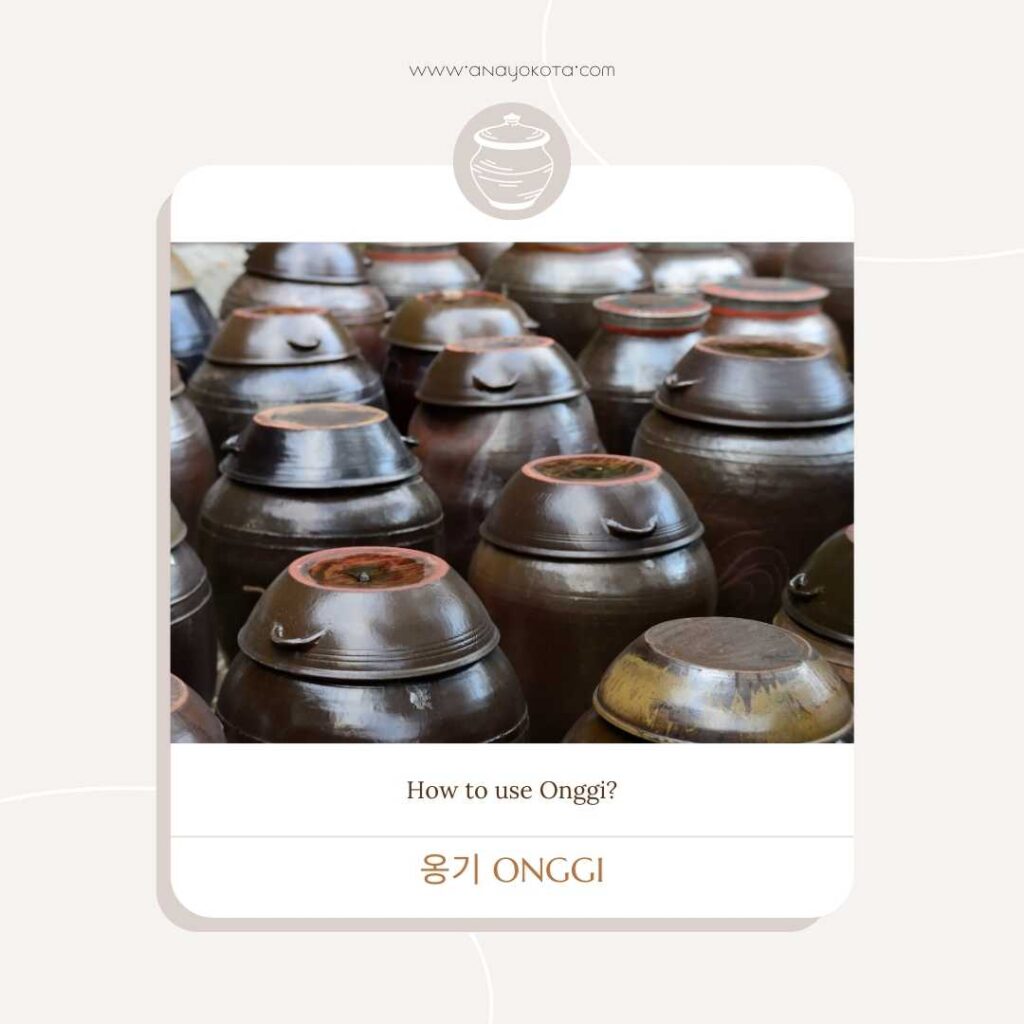
Onggi is, in essence, storage jars and are used for containing a variety of food goods.
The size and the type of Onggi dictate what should be stored within it.
Larger Onggi is commonly kept outside, often in a designated area called the 장독대(jangdokdae).
These larger glazed vessels will likely hold fermented, salted, and pickled dishes such as gochujang (Korean red chili pepper paste), soy sauce, kimchi and much more.
Onggi containing fermented goods may even be stored underground as this helps control the fermentation rate.
Smaller Onggi is used chiefly for keeping condiments in the short term within the house.
Unglazed Onggi is mainly used for rice, steaming rice, and rice-related dishes.
Onggi has a special place in Korean cuisine as the qualities of this earthenware assist the fermentation process due to its porous nature.
Korean cuisine comprises many fermented products – kimchi, soy sauce, bean paste, rice paste, and chili paste, amongst others.
The overall quality of these fermented products is greatly improved by storage in Onggi with my favorite being onggi kimchi.
Side note: For those who are new to Korean cuisine and wonder what Kimchi tastes like, I have an article that can help!
As well as a few others that can get you started in learning about the Korean culture such as the beautiful textiled fabric called Pojagi.
Today one may still find Onggi in a Korean household, often smaller earthenware vessels, and in Korean restaurants, more commonly the larger vessels.
Other uses for Korean Onggi include general storage for small items like keys and coins.
They have been used to keep ink pads and lamps, as well as being utilized as ashtrays.
Onggi has even been used to make chimneys and roof tiles.
Onggi is also commonly given as gifts when moving into new homes, often filled with rice or grain.
Quite simply, Onggi has no limit when it comes to uses, including rituals and ceremonies.
Onggi has also seen growth in its acceptance and enjoyment as an art form, and many significant galleries worldwide have started to collect Onggi.
They will often have their collections on display.
How To Clean Onggi?

As useful as the Onggi jar is, one will want to know how to maintain it, which means cleaning.
So how do you clean Onggi?
To begin, stay away from soap and detergent, Onggi are porous earthenware so that soap can get stuck in the tiny pores in the ceramic walls, and we won’t want any future food to taste of soap.
It’s pretty easy to look after an Onggi; all you need is some water.
You can use cold, warm, or hot water depending on what is being stored.
All that is required is a bit of scrubbing. After that, rinse the vessel a few times.
Once properly rinsed, pat dry the Onggi with a towel and let it dry. If it’s a large Onggi, set it in the sun to assist in drying.
As Onggi are commonly used for fermented goods.
There may be a residual smell, so if you don’t refill the vessel with the same produce, leave your pot to sit with boiling water for a few days.
Then continue with the cleaning process.
FAQS
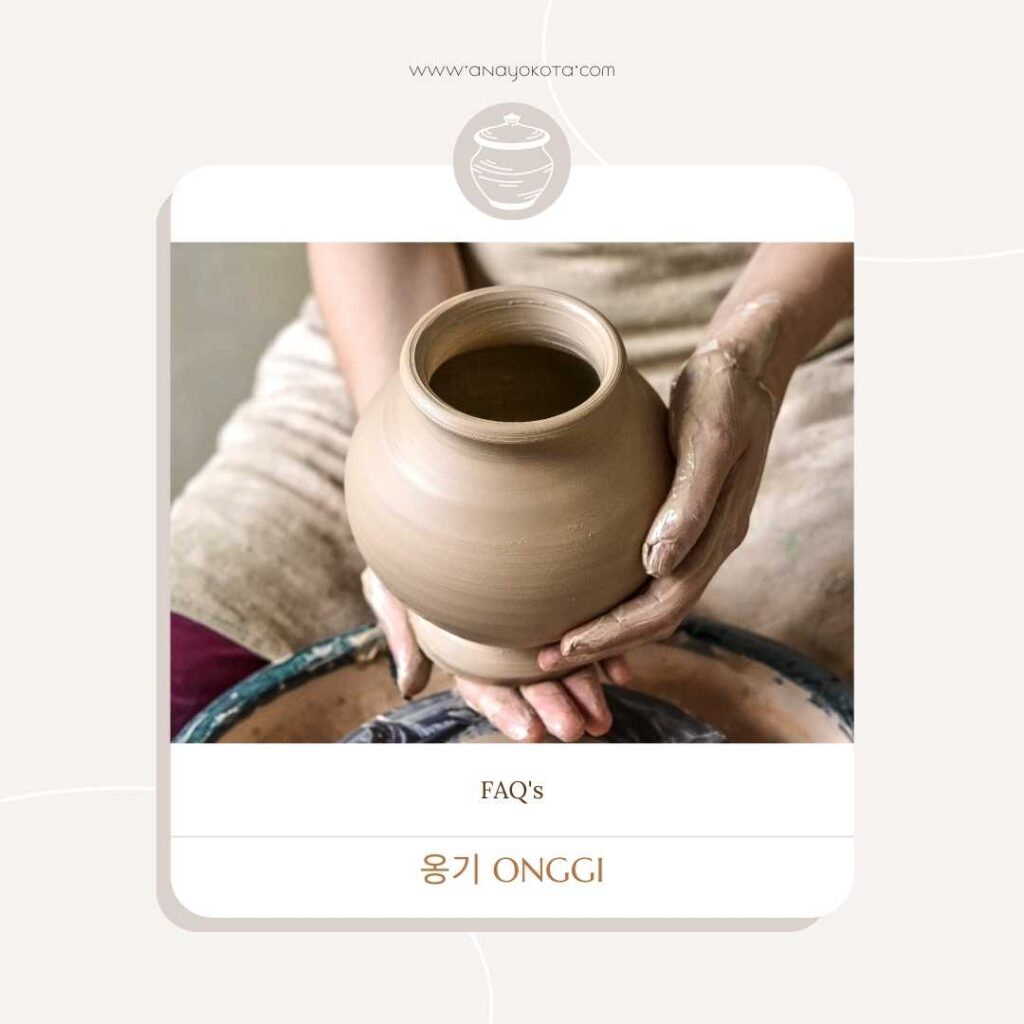
What Is Onggi?
Onggi pottery is an ancient Korean art form crafted with clay and fired in the kiln.
These earthenware ceramic pieces can be used to store food, display flowers, or simply admired for their one-of-a kind traditional beauty.
What Is Onggi Used For?
Onggi pottery is a beloved staple of Korean culture known for its various uses, and for being ideal at storing traditional dishes.
Its unique design features porous material that helps it to maintain the perfect environment necessary for fermenting foods like kimchi
Who Uses Onggi?
In Korea, Onggi is an essential part of the home – it’s a traditional pottery with centuries-old roots that can be seen in many households today.
As well as being used for cooking and storing food, these beautiful pieces are also perfect decoration items to bring elegance into any environment.
Summarizing Onngi – Korean Traditional Earthenware
Onggi is one of the good Korean crafts, practical and sustainable; this Korean ceramic earthenware has cemented its place in Korean life.
In the past and today, examples of Onggi are found in every Korean home.
Some of these storage jars can be quite exquisite, and if you are looking for the perfect Korean souvenir, a small Onggi is a fantastic choice.

